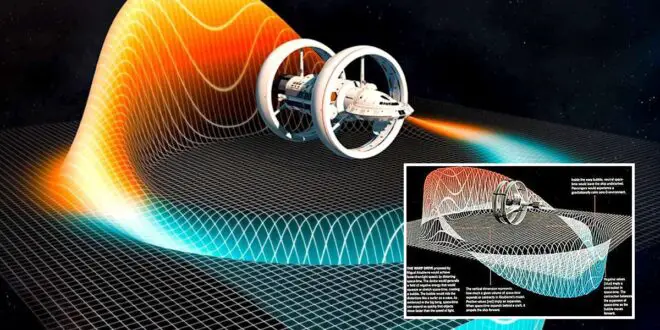Correct. You can write down the numbers on a chalkboard, that doesn't mean they actually correspond to a real phenomenon.
Correct, that's what the chalkboard says. However, there is no "above" the speed of light for an object of positive mass. You cannot accelerate an object with positive, non-zero mass to the speed of light because that would require infinite thrust.
Where? This is a velocity, not a location.
Again, this is chalkboard talk. We aren't two-dimensional beings and two-dimensional objects, as far as we can tell, do not actually exist. You're wildly misunderstanding what I am saying:
The physics equations work out to FTL if you use negative mass and energy. (and immense amounts of it, to boot) However, we have no actual observation that suggests negative mass actually exists, or that it can exist. Even calling this "theoretical" is too generous, it's purely speculative. Gather some negative mass into a bucket and we'll be on to something.

